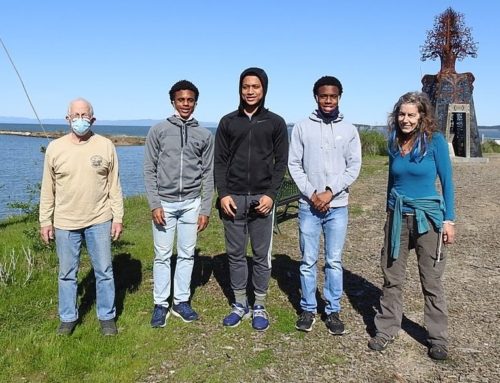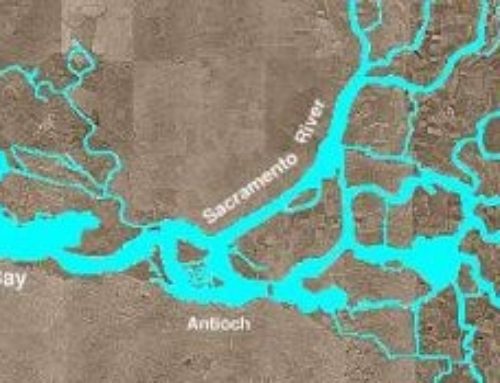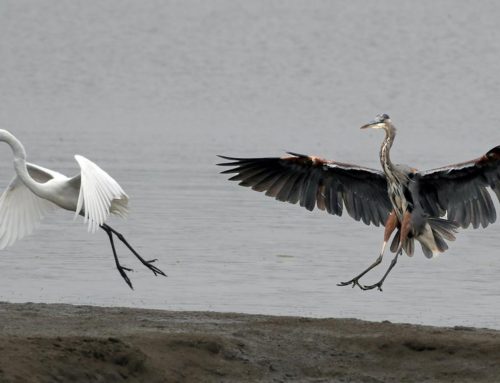-
Wholly H2o’s October 4th monthly forum will be focused on Water Costs and Water Pricing: What Makes Sense? While no one wants to see their monthly utility bills go up, neither do we want to see unnecessary peripheral canals or more dams built. One oft-overlooked solution is for people to use less water at home, in the worksplace, in their industrial processes and in agricultural ventures. Like it or not, the price of water is integral to that pace and tenor of that shift. Here’s an article passed on to me by one of our partners, Barbara Landrith of CA Landscape Contractor’s Association addrssing the cost of water in dry cities.
Study Finds Dry Cities Have Cheap Water
Vista, CA – June 28, 2010 -A first-of-its-kind study evaluating residential water use and charges in 30 metropolitan areas of the United States finds that some drought-plagued, “dry” cities in the country actually have the lowest water rates in the nation.
The study was conducted by the Circle of Blue, a news and communications organization focusing on water-related issues.
The study found that a family of four using approximately 100 gallons of water per day pays about $34 per month in Phoenix, AZ, a dry city that has chronic water shortages.
However, the same amount of water used in Boston, MA, generally believed to be “water-rich,” costs $65–nearly twice as much.
Similarly, the same family of four living in Las Vegas, NV, another dry city, pays about $33 per month. Yet in Atlanta, with 10 times the amount of rainfall as Las Vegas, the charge is $73 per month.
“Some of this is the result of water infrastructure issues,” says Klaus Reichardt, CEO and founder of Waterless Co., makers of Waterless No-Flush™ urinals. “Boston and Atlanta are older cities with older water delivery systems. These are often costly to operate. Phoenix and Las Vegas [on the other hand] have newer, more efficient systems.”
The study also revealed:
· Santa Fe, NM, has the highest overall water rates in the country for high-volume users.
· People in Boston use the smallest amount of water per day, 41 gallons.
People in Fresno, CA, use the most, 211 gallons.
“The big problem here is that rates are so low in some dry cities [that] they encourage water use instead of conservation,” says Reichardt.
But there is also some good news in the study. Water use in cities such as Milwaukee, Los Angeles — even Las Vegas and Santa Fe– has actually dropped in recent years, according to Reichardt.
“These findings,” he adds, “show that [water] conservation is possible, but to achieve its full potential, must be encouraged across the country.”






